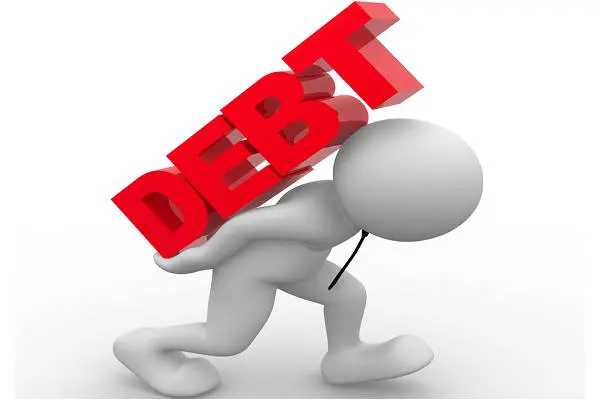Accra, Ghana – The weight of Ghana’s public debt has grown substantially, casting a long shadow over the nation’s economic landscape. By March 2025, the total debt had swelled to GH¢769.4 billion, according to the Bank of Ghana’s latest report. The figure, a stark reminder of the financial pressures facing the country, represents a GH¢42.7 billion increase in just the first quarter of the year. This rapid accumulation of debt raises critical questions about Ghana’s fiscal stability and its broader economic trajectory, demanding a closer examination of the underlying factors and potential ramifications. The Bank of Ghana’s May 2025 report offers crucial insights into this evolving situation.
The central bank’s data paints a detailed picture of Ghana’s financial obligations, highlighting the components that contribute to the overall debt burden and providing a snapshot of the economic environment in which this debt is accumulating. The increase in Ghana’s public debt necessitates a thorough analysis to understand the challenges and potential pathways forward.
As of March 2025, the nation’s total public debt reached GH¢769.4 billion, a notable increase from previous quarters. This figure, sourced directly from the Bank of Ghana’s May 2025 Summary of Financial and Economic Data, underscores the escalating financial challenges confronting the nation. Expressed in dollar terms, Ghana’s total debt stock was estimated at US$49.5 billion in March 2025, a slight increase of US$100 million from December 2024.
Furthermore, the report indicates that Ghana’s total debt is equivalent to 55% of its Gross Domestic Product (GDP). The expansion of the economy helped to reduce the GDP of the debt.. This metric provides a relative measure of the debt’s magnitude in relation to the country’s overall economic output. Understanding the composition of this debt—specifically the balance between external and domestic obligations—is crucial for assessing its potential impact.
A significant portion of Ghana’s debt is external, standing at US$28.5 billion in March 2025, slightly higher than the US$28.3 billion recorded in December 2024. This external debt represents 28.5% of the nation’s GDP. On the domestic front, debt has also seen a considerable increase, reaching GH¢326.9 billion in March 2025, up from GH¢309.5 billion. This domestic debt burden accounts for approximately 23.4% of Ghana’s GDP.
Several factors have contributed to the rise in Ghana’s public debt. One significant element is the depreciation of the cedi, which elevates the value of external debts when converted into local currency. Additionally, government fiscal operations play a crucial role. In March 2025, the fiscal deficit-to-GDP stood at 1.0%, while government spending has been low. Encouragingly, the primary balance showed a surplus of 0.3% of GDP during the same period.
As of March 2025, Ghana’s economy stood at GH¢1.4 trillion. This provides context for understanding the scale of the debt relative to the nation’s overall economic size.
In conclusion, Ghana’s public debt has risen to GH¢769.4 billion by March 2025, influenced by factors such as cedi depreciation and government fiscal activities, as detailed in the Bank of Ghana’s report. The debt-to-GDP ratio remains a point of concern, even as the economy reaches GH¢1.4 trillion. Continuous monitoring, strategic fiscal policies, and expert financial guidance are essential to navigate these economic challenges effectively. Staying informed and seeking professional advice are vital for sound economic planning and informed citizen participation.
Image Source: MYJOYONLINE





















